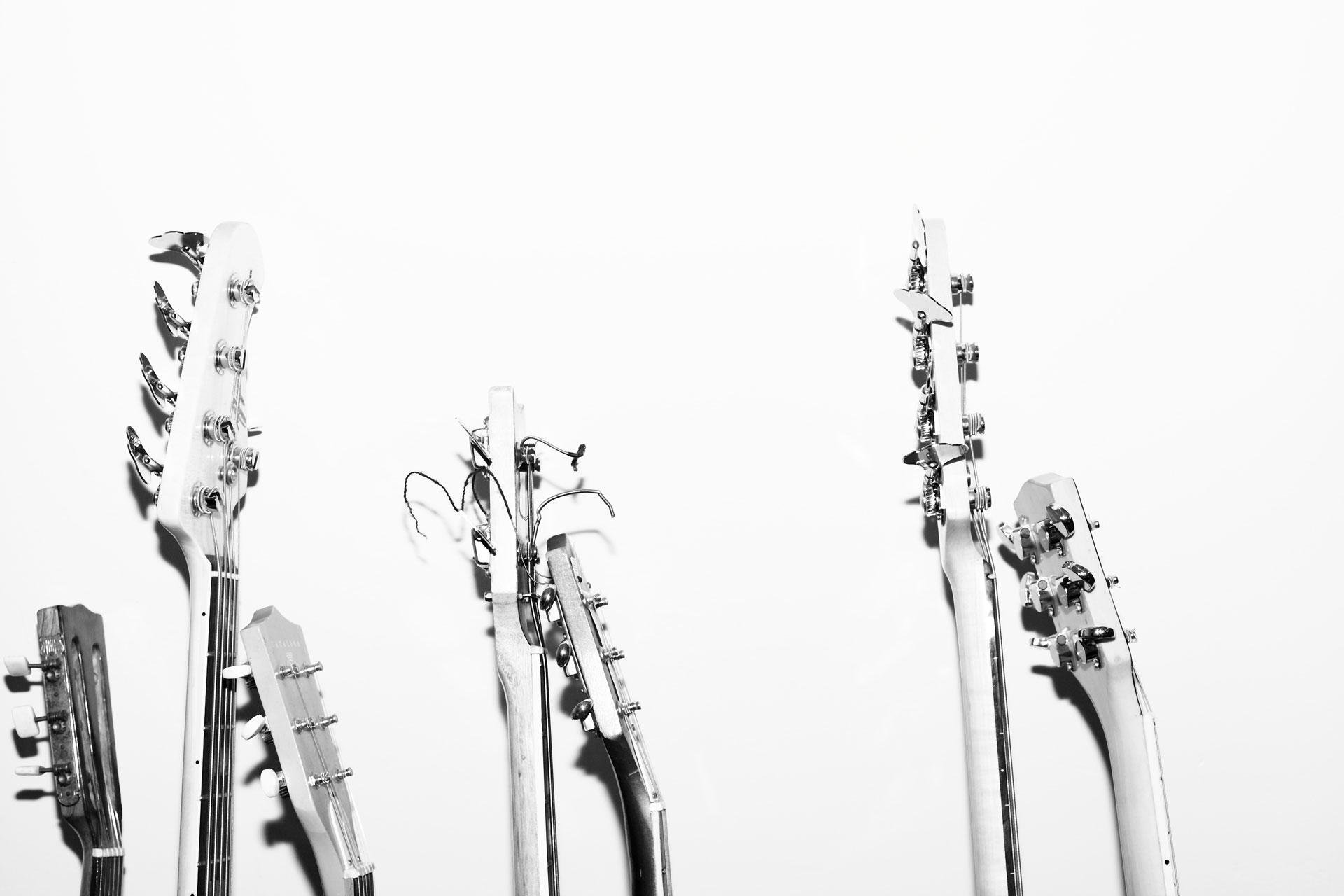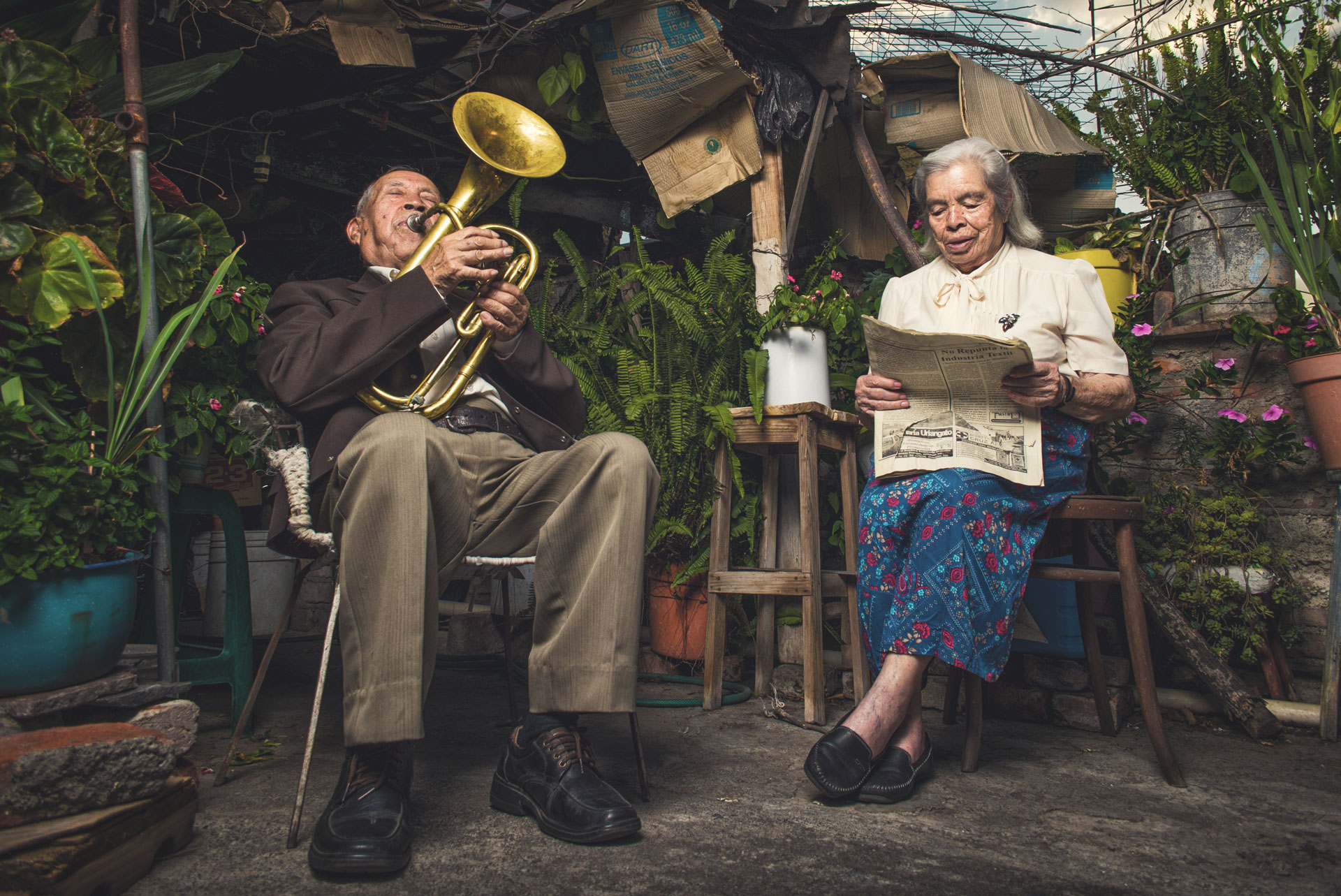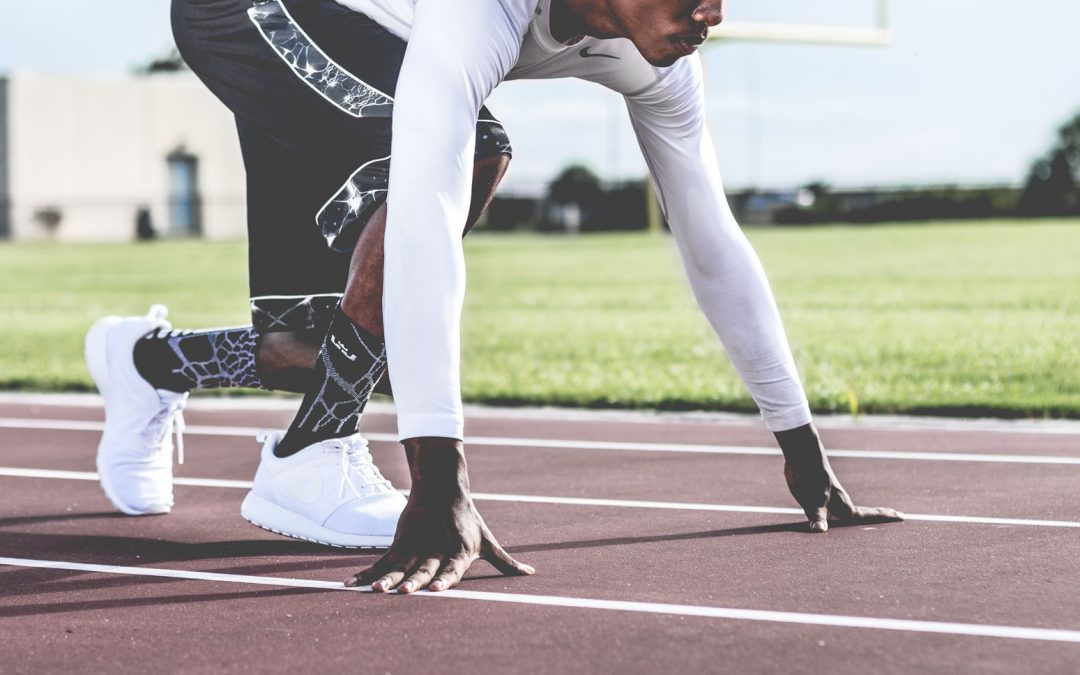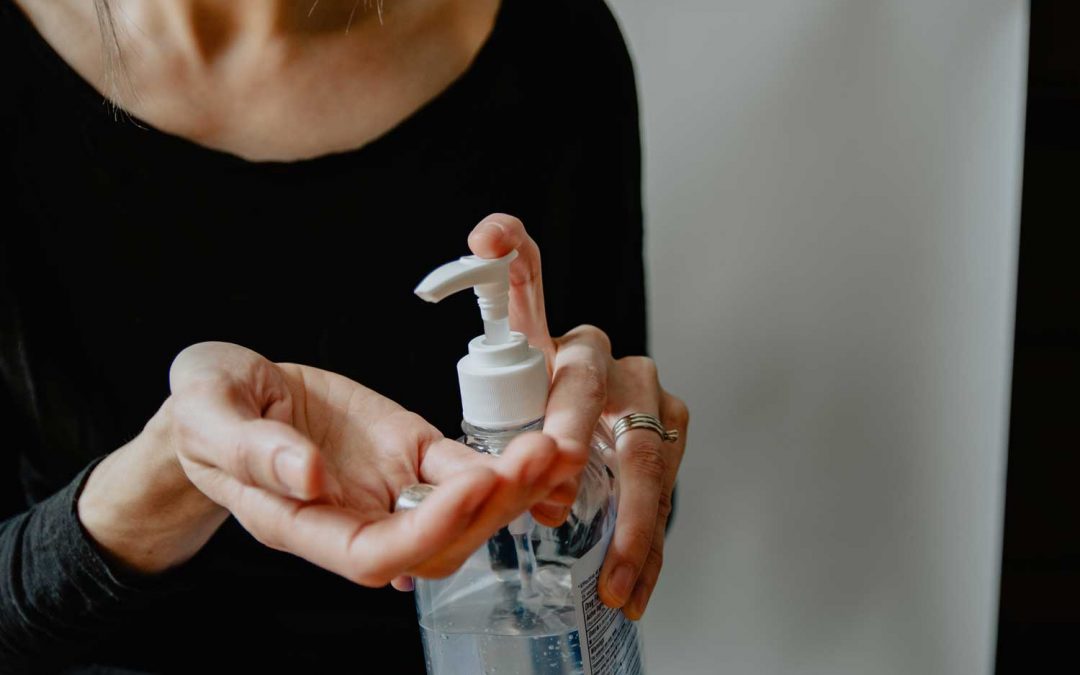Rock On: How to Prevent Musician Injuries

Playing with pain doesn’t always happen right away. Sometimes it starts with “fatigue” or “tension” that eventually goes away. But as time passes, you may find that these symptoms linger for a little longer and don’t go away as easily as they used to. So you take a long break from your instrument and the pain goes away.
Musician Injuries often happen because playing your instrument, whether it is the violin, piano, cello, guitar, flute, drums or even the glockenspiel is REPETITIVE and ASYMMETRICAL.
Repetitive: Muscles and tendons need time to recover and rebuild after use. Without adequate rest, their fibres will break down and inflammation and pain occur. We call this tendonitis. It first starts with fatigue or an ache, and eventually turns into pain and swelling with any type of use, leading to loss of ability to play.
Asymmetrical: Asymmetry combined with repetition is the perfect environment for an injury to brew. It may not appear immediately, but at some point down the road, an injury is likely to occur.
My muscles are warm to touch, really tight, and they hurt when I play. What can I do? Warmth, pain, and loss of function are signs of inflammation. Use the acronym “R.I.C.E”. Rest, Ice, Compress, Elevate.
♪ REST from the aggravating activity.
♫ ICE on the area for 15 minutes at a time.
♫ ♪ COMPRESS with a tensor sleeve or brace.
♫♫ ELEVATE the area for 15 minutes at time if it is swollen.
Then, consult your physiotherapist to help you get to the root of the problem to prevent the injury form recurring.

Frequently asked questions
But I play all the time. Why is it hurting now?
Often, changes in technique, practice habits, instrument set-up, posture, and other life changes can contribute to injury. You may want to examine whether there have been any changes lately and whether they were introduced quickly versus gradually.
Are there any exercises I can do for my ______ ? (wrist, back, neck, shoulder, jaw, fingers)
Many clients ask if there are exercises they can perform to ease tension and relieve pain. Visit us here where you can find some practical tips and exercise suggestions for musician injuries. Also visit here for the top six postures that cause injuries amongst violinists.
I’m in pain when I play my instrument. What will physiotherapy do to help?
The goal of the physiotherapist is to reduce pain, restore function, and enhance your performance. This often includes prescribing appropriate exercises for your specific problem. Sometimes your therapist will use manual (“hands-on”) therapy as well as machines like ultrasound , laser or electrotherapy to help speed up healing. In order to do this, you will be assessed for your posture, mobility, strength and stability with and without your instrument.
I’m not in any pain. Should I still come in for treatment and how will it help?
A musician injury scan performed by your physiotherapist will help you identify areas that potentially could become injured. While most of us don’t think about seeing their physiotherapist until their injuries are in full bloom, with the scan and appropriate treatment and/or exercises, you can expect to:
♪ Reduce postural asymmetries that set you up for injury.
♫ Improve core stability, strength and endurance in your upper extremities.
♫♪ Play with increased ease, therefore improving your performance.
Talk to one of our expert physiotherapists for more information about preventing musician injuries. Call us at 604 568 4628 or book an appointment online today.

The Anteriorly Tilted Pelvis
RESOURCE LIBRARY This post was written by Go! Physio Kinesiologist, Steve Dempster. The pelvis has several important functions. Its primary role is to support the weight of the upper body when sitting and to transfer this weight to the lower limbs when...

We are still open! How? Our response to the COVID-19 pandemic
RESOURCE LIBRARY Go! Physiotherapy Staff Dear Friends of Go! Physiotherapy, These are unprecedented times. It feels that by the time we have finished crafting this sentence, things will have changed. And we here at Go! Physio are rolling with these shifting tides,...
Unlock Your Body’s Strength and Mobility Today
Book Online
Current patient? New, but know exactly what you’re looking for?
Contact Us
Never tried physiotherapy? Not sure where to start? Our friendly staff will guide you towards the best treatment for your situation.
Call: 604-568-4628
Email: go@gophysiotherapy.ca
